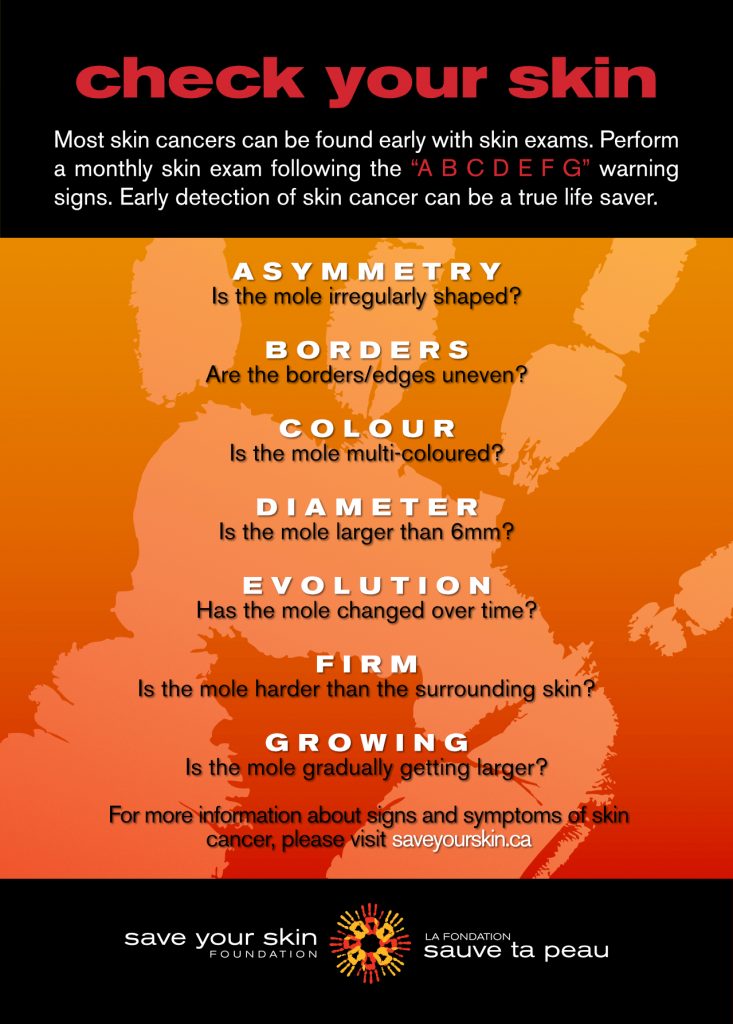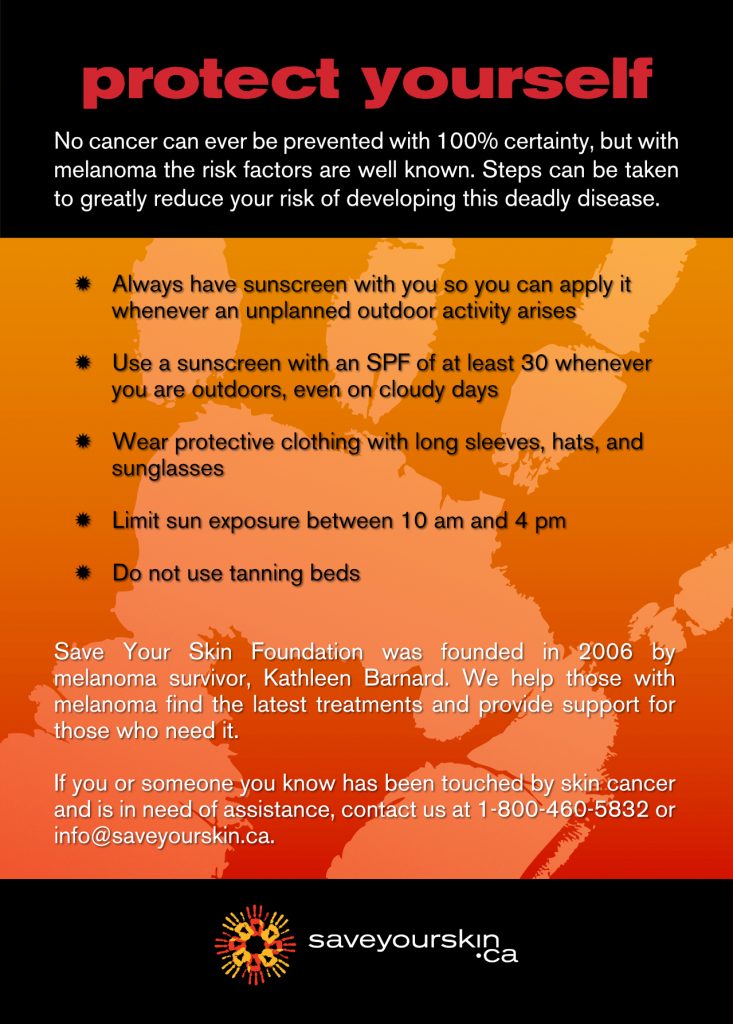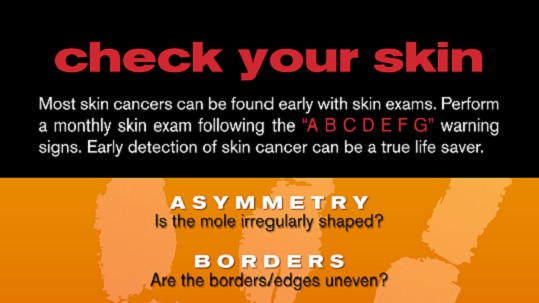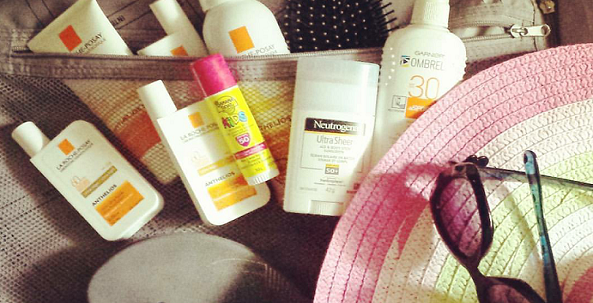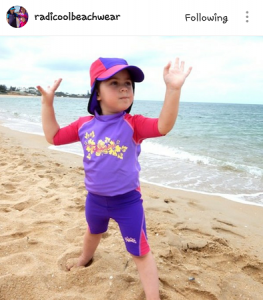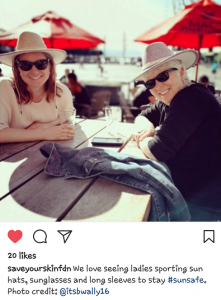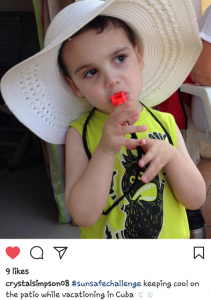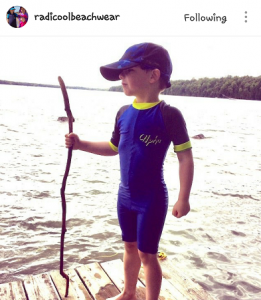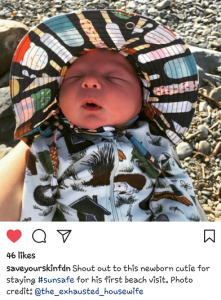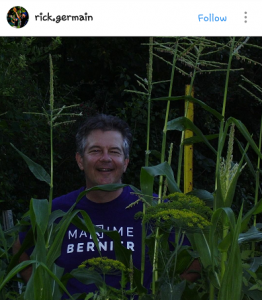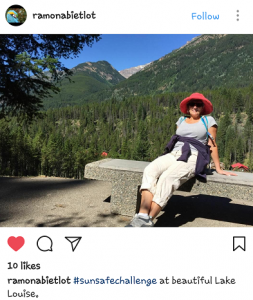We have long known that monthly skin self-examination is an important piece of a vigilant routine for a healthy life. Everyone should check their own skin – and that of their loved ones – for any irregularities or atypical markings, lumps or bumps. Early detection is key, and can make all the difference in the case of any melanoma OR non-melanoma skin cancer diagnosis.
At the World Congress of Melanoma last fall, we learned that there are two new letters in the traditional ABCDE’s of skin checking: F and G
F for Firm – is the mole harder than the surrounding skin?
G for Growing – is the mole gradually getting larger?
As the alphabet of skin-checking grows, so does our awareness of the importance of the following:
A – Asymmetry. The shape of one half does not match the other half.
B – Border that is irregular. The edges are often ragged, notched, or blurred in outline. The pigment may spread into the surrounding skin.
C – Color that is uneven. Shades of black, brown, and tan may be present. Areas of white, gray, red, pink, or blue may also be seen.
D – Diameter. There is a change in size, usually an increase. Melanomas can be tiny, but most are larger than 6 millimeters wide (about 1/4 inch wide).
E – Evolving. The mole has changed over the past few weeks or months.
F – Firm
G – Growing
Save Your Skin Foundation has developed new post-card style brochures to share this information, which remind us of these helpful tips that could save the skin we’re in. Check out the images below or on our downloadable resources page, and if you would like to receive some of these cards for your awareness or educational event, please contact info@saveyourskin.ca and we will send you some!
In the meantime, check your skin – all over! – and ask your doctor about any concerns you may have.
